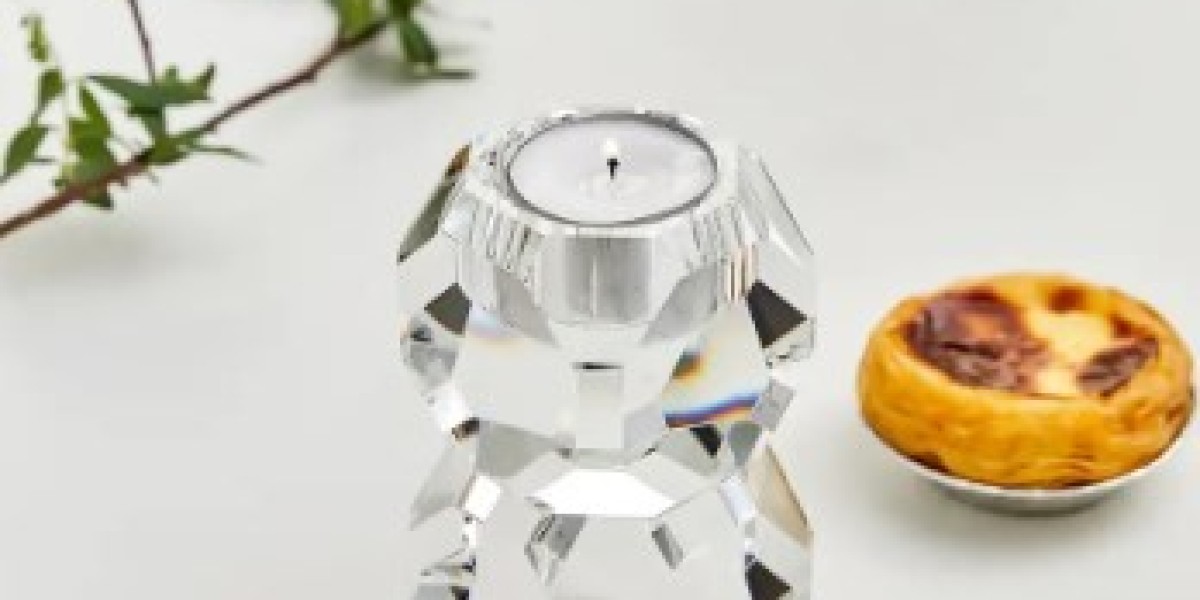Crystal is a material long associated with elegance, clarity, and sophistication, especially when used in home décor. One common decorative item, the crystal candle holder, is praised for its light-reflecting qualities and luxurious appearance. But behind the sparkling exterior lies an important question: Does it use natural crystal, or is it made from synthetic alternatives?
To understand the answer, it's important to know what distinguishes natural and synthetic crystals. Natural crystal, such as quartz, is a mineral formed through geological processes over thousands or even millions of years. Each piece typically contains tiny imperfections, unique inclusions, or color variations that make it one of a kind. These subtle characteristics appeal to collectors and those who value authenticity in materials. However, natural crystal is relatively expensive, heavier, and more difficult to shape or polish into precise forms.
In contrast, synthetic crystal—often made from glass with added lead oxide or other compounds—is produced in controlled environments. These man-made materials are engineered to mimic the brilliance and clarity of natural crystal, sometimes even exceeding it in sparkle due to a higher refractive index. Synthetic options can be molded into uniform shapes, allowing for the consistent production of decorative items with sharp facets, smooth surfaces, and no visible flaws.
Most crystal-style candle holders found on the general market today use synthetic crystal. This is largely due to its affordability, ease of manufacturing, and the ability to create dazzling, flawless finishes. From wedding décor to modern home centerpieces, synthetic crystal provides a luxurious look without the high cost of genuine materials. Many manufacturers choose this option to meet aesthetic expectations while maintaining reasonable prices for consumers.
However, some high-end or artisan-made candle holders do use natural crystal, often marketed as premium or handcrafted products. These pieces typically highlight the authenticity of the material and may include certificates or labeling that indicate the crystal’s origin. Natural crystal versions are usually heavier and may have slight asymmetry or internal inclusions that distinguish them from their synthetic counterparts.
From a functional perspective, both natural and synthetic crystals perform similarly when used in candle holders. Both materials reflect candlelight beautifully, enhancing the atmosphere and visual appeal. Yet, synthetic versions may be more durable for everyday use, as they are less prone to cracking or scratching due to processing enhancements.
For those trying to determine what their candle holder is made of, clues can include price point, weight, symmetry, and clarity. Natural crystal tends to feel cooler to the touch and is heavier than synthetic glass. If the piece is highly flawless, symmetrical, and light in weight, it is most likely synthetic.
In conclusion, while both materials offer distinct benefits, the majority of Crystal Candle Holders available today are made with synthetic crystal due to its affordability, ease of production, and aesthetic consistency. For buyers who prioritize authenticity and uniqueness, natural crystal versions are available—but often at a higher cost. Ultimately, the choice comes down to personal preference, intended use, and budget.
Using Tea Light Candle Dia: 38mm
Weight: 1.146kgs
Height: 120mm
Wide: 125mm







